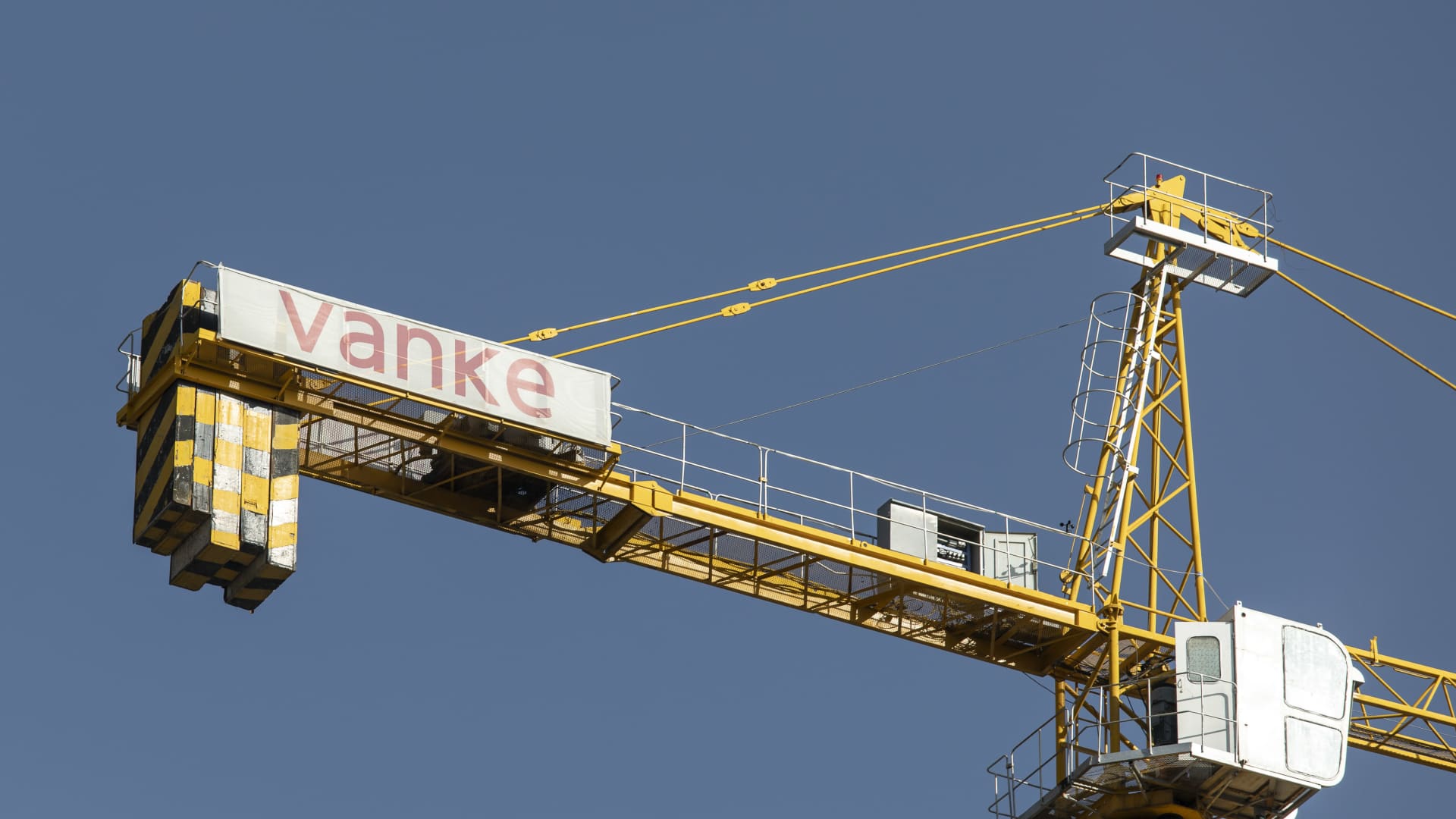Museums are in a race to save America’s treasures from climate change
The nation’s museums are facing increased flooding and more frequent wildfires, and all that history inside is at risk. The value at stake is incalculable. Now the rush is on to make the structures more resilient, but funding that will be a feat.
The problem is particularly acute at the nation’s Smithsonian museums. At the museum of American History, on the National Mall in Washington, D.C., water is already rising. On a dry day, in the midst of two dry weeks, there was water down in the bowels of the building.
As Nancy Bechtol, director of all Smithsonian facilities, explained, “It’s just groundwater.”
Bechtol is responsible for 13 million square feet of museum space, most on the Mall, which is below sea level, as well as two museums in New York City and one in Virginia.
“We’re always sort of pre-planning and sort of staging different emergency responses just to be prepared so that our staff is prepared and that we have the planning in place,” she said.
Heavier rainfall is another pressing problem. Water from rain seeped into Smithsonian spaces after a major storm in 2006 and again last spring, when the American History Museum’s cafeteria flooded with over a foot of water. None of the collection was damaged, but the Museum’s director, Anthea Hartig, saw the writing on the hallowed walls.
“We have collected almost 2 million objects. We have three linear miles of archival material that tell an unparalleled material story of our nation’s remarkable past, so we’re deeply committed to understanding how to retrofit the building, take care of the collections,” said Hartig.
In fiscal 2021, the Smithsonian had a $214 million budget, and Bechtol said she is using as much as she can for protection such as putting up flood walls around buildings, building rain gardens, buying sandbags, elevating backup generators, and constructing a whole new storage facility on higher ground in Suitland, Maryland, expected to break ground this year. Artifacts that are most at risk in museum basements on the Mall will be moved there.
“Even if I have to protect with plastic, I will protect with plastic,” said Bechtol.
She’s not alone in the fight. New waterside museums in Miami and St. Petersburg, Florida, were built with special flood protections, and private funding is slowly starting to step up to protect older structures.
The Helen Frankenthaler Foundation, devoted to supporting the legacy of the famed abstract painter, had committed $5 million over the next two to three years to invest in clean energy, energy efficiency, and climate resilience.
“We got 110 applications. That was with just six weeks of notice. Those 110 applications came in with people knowing exactly what to do and how they wanted to approach it,” said Sarah Sutton, grant manager for the foundation’s climate initiative.
So the foundation recently doubled the commitment to $10 million — now the largest private investment in climate resilience for museums, and twice the funding of the National Endowment for the Arts.
“No, it’s not enough,” said Sutton. “This incredible commitment is only a drop in the bucket, but it’s a demonstration that the museum sector is ready to deal with this problem.”
That money helped the California Indian Museum and Cultural Center implement wildfire protections for its structure, energy systems and air filtration, after after the J Paul Getty Museum came dangerously close to destruction in the 2019 fires around Los Angeles and Malibu.
”These collections do not depreciate over time. They increase in value, whether it’s intellectual value or financial value. Guarding and protecting them for a long horizon into the future adds to their value to us, to the museum, and to the investors,” said Sutton.








